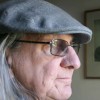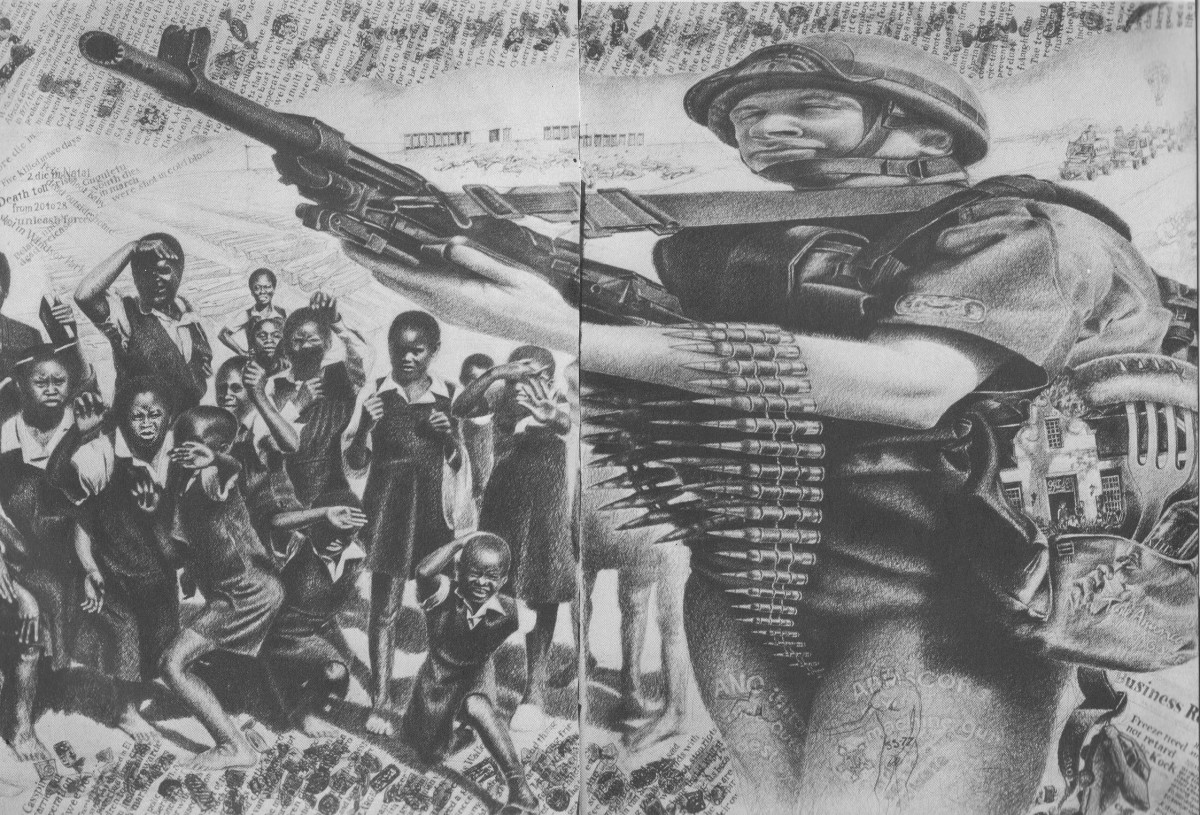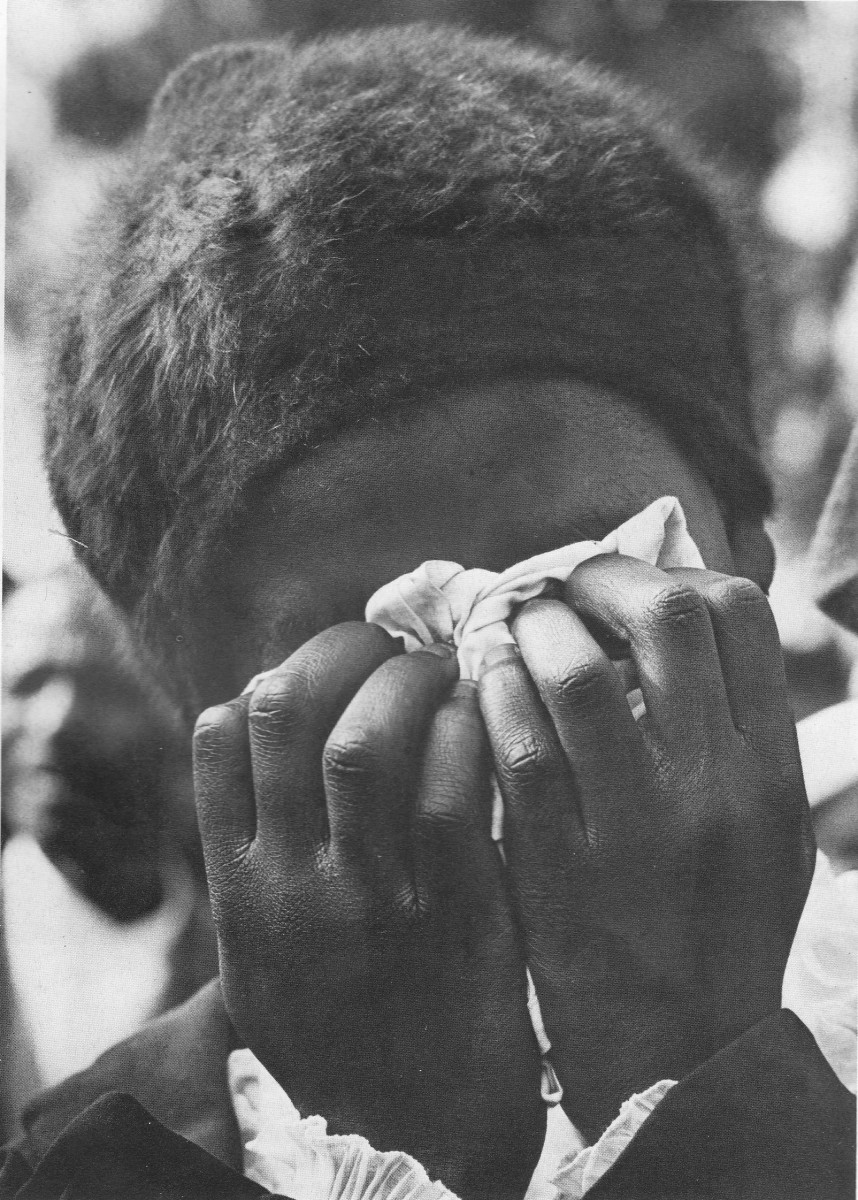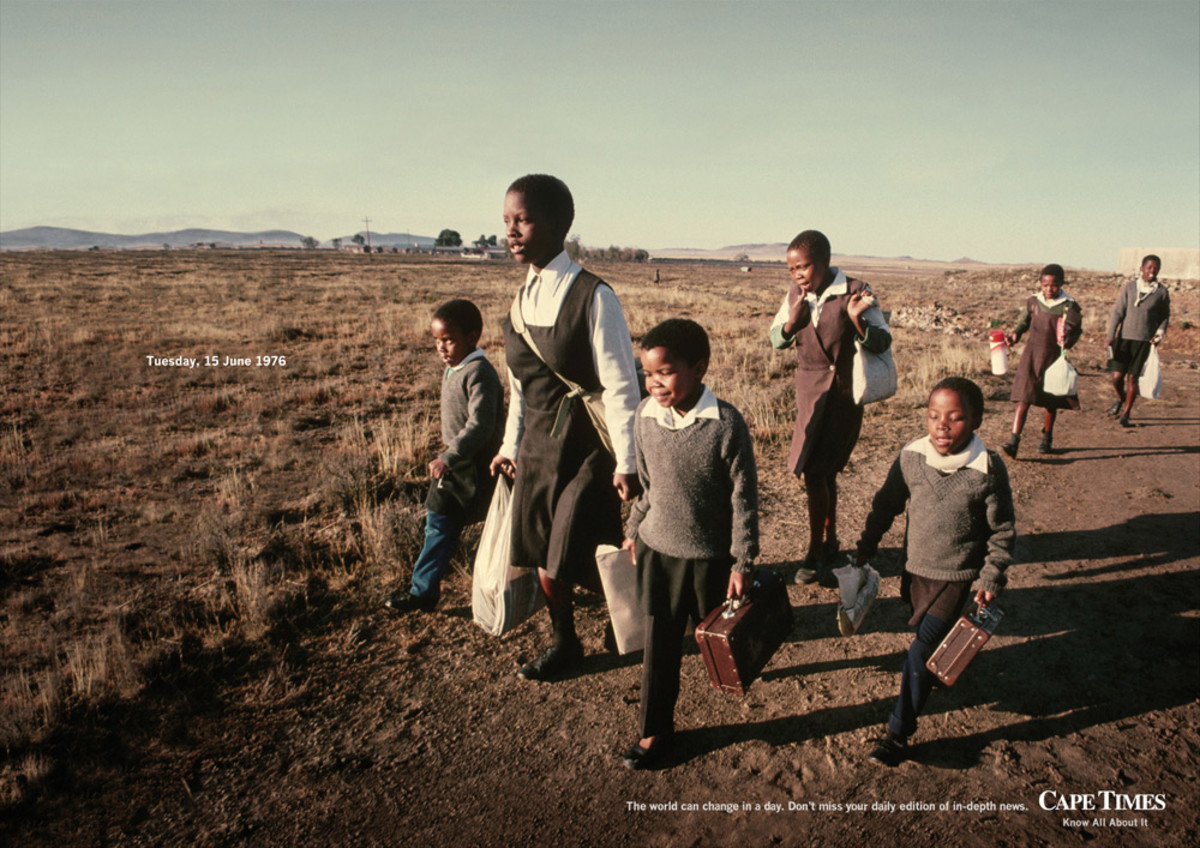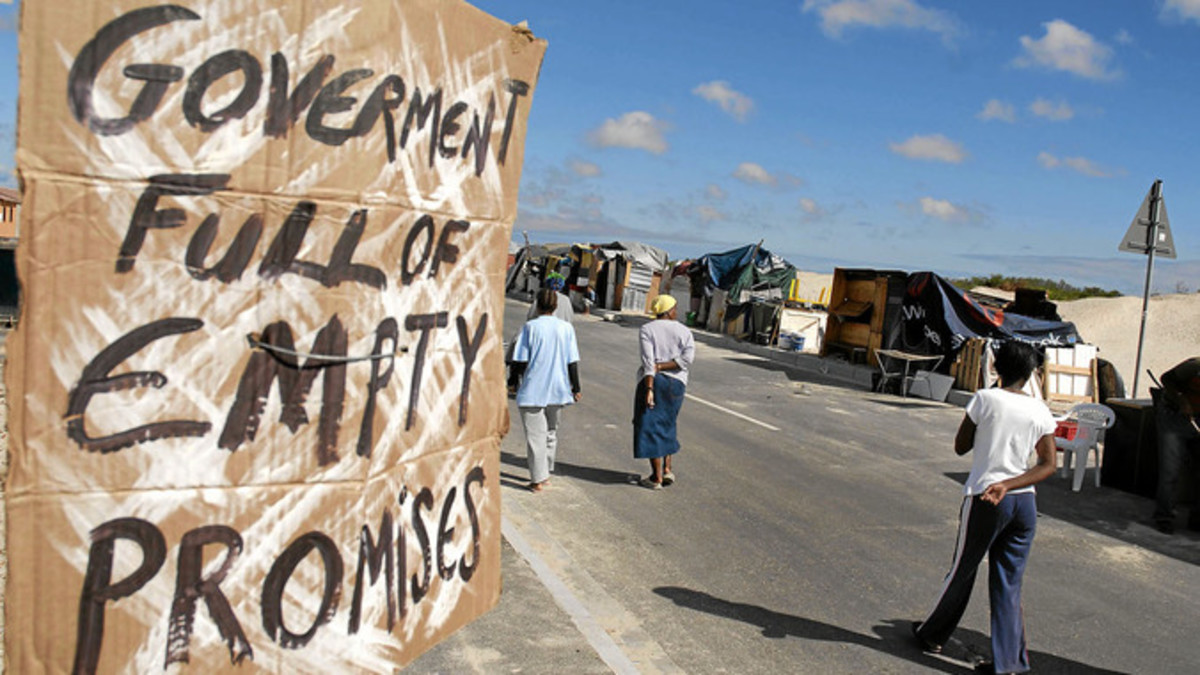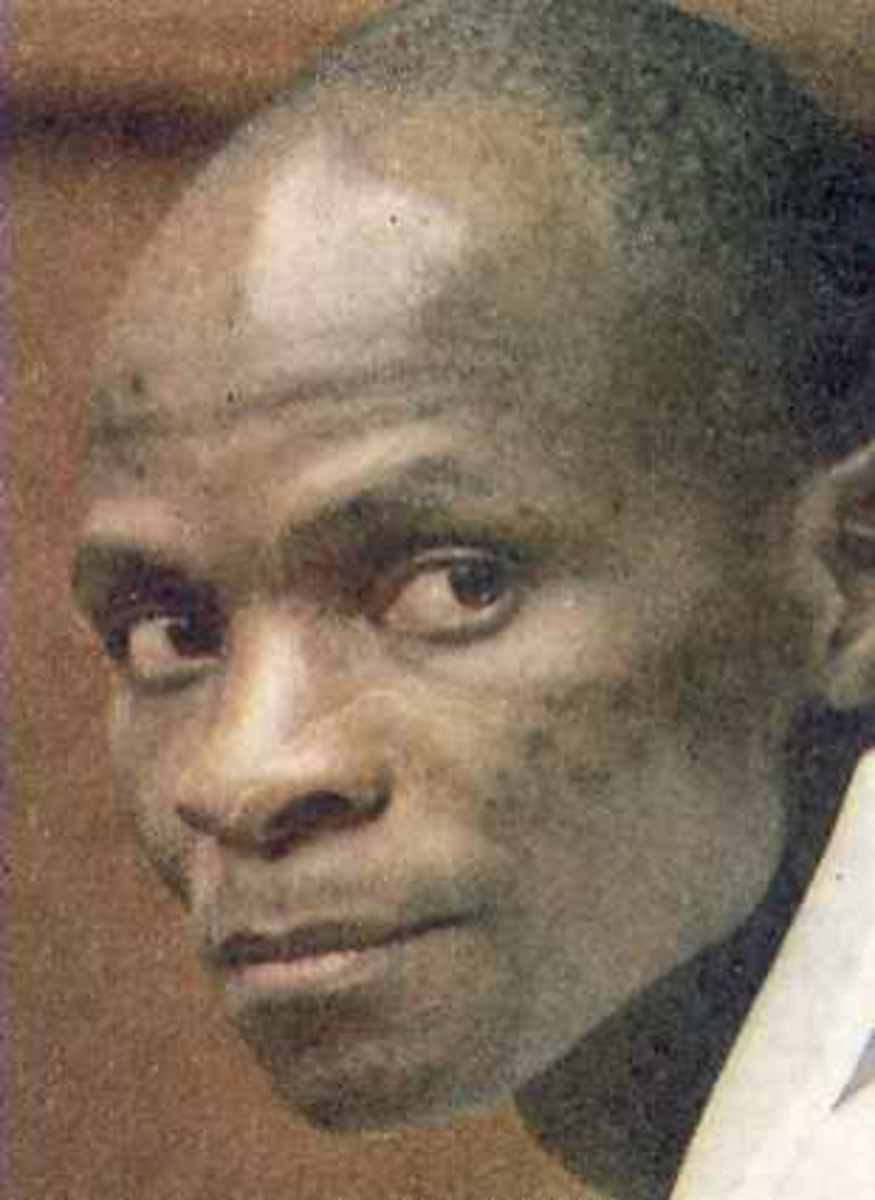Jan Christian Smuts – enigmas and contradictions writ large - Part 2
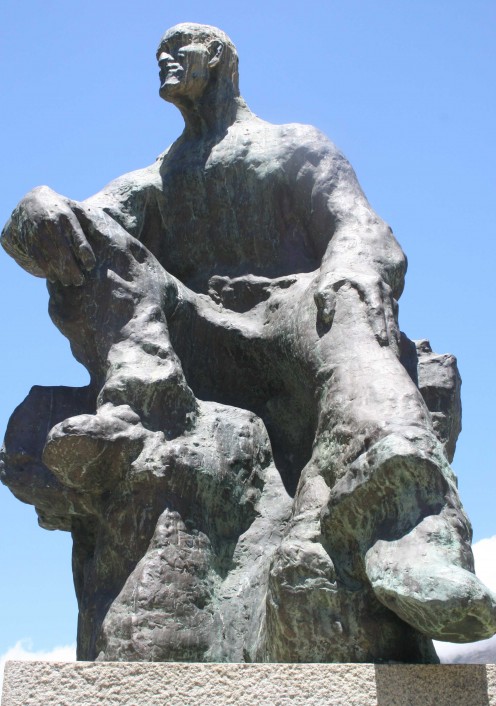
Defeat and triumph
"The fall of Smuts left big questions about the direction of South African history, perhaps even the viability of the Union under the terms of 1910, still largely undecided." - from T.R.H. Davenport: South Africa a Modern History (Macmillan 1977)
The loss of the 1924 elections "...released me from burdens which I had continuously borne for more than 18 years" Smuts wrote in the introduction to his major work, Holism and Evolution (first published in 1926, republished 1987).
Smuts was to remain in opposition until he again became Deputy Prime Minister in the Coalition Government formed with General J.B.M. Hertzog's Nationalist Party in March 1933.
The experience of the Coalition was to lead to a more formal fusion of the two parties the following year.
The Fusion Government was to last only five years. It was rent apart with great bitterness by the events of September 1939 in Europe which led to Smuts again being called on to lead a government, this time through the turbulence of another World War.
He remained in power for less than ten years, losing a general election again in 1948 to the renewed Nationalist Party of hard-line apartheid proponent Dr Daniel Francois Malan.
Smuts died less than three years later, still regarded as a controversial and divisive figure in some quarters and as a heroic intellect of humanism in others.
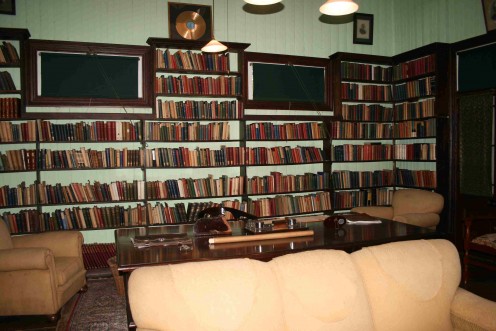
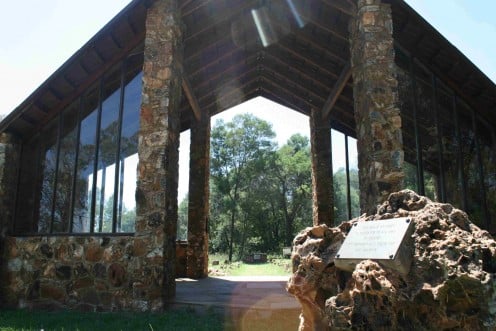
Holism
After the electoral defeat of 1924 Smuts happily retired to his farm Doornkloof in Irene, near Pretoria. Here he took long walks over the koppie (hillock) which is such a prominent feature of his farmland.
On his walks, usually solitary, he collected samples of the grasses he loved to study, always on the lookout for a new species.
Of this time of his life the author of the booklet on Smuts entitled One Man in His Time (1980), Phyllis Scarnell Lean recorded this anecdote (taken from Hancock's magisterial biography of Smuts):
"A distinguished American woman botanist, on a visit to South Africa, was one of the party (of a botanical expedition). She asked the Professor in charge to identify a grass. He referred the question to General Smuts who named the grass and vividly described its distribution and ecology. 'How is it,' exclaimed the lady, 'that I am learning all this not from the Professor but from you, a General?' 'But my dear lady, I'm only a general in my spare time.'"
Smuts coined the term "holism" to be the name of his personal philosophy of the connectedness of all life. Smuts was dissatisfied with mechanical, determinist interpretations of Darwin's great theory and saw his concept of "holism" as a way of transcending the limitations, as he saw them, of that theory:
"The whole tendency of Darwinism therefore has been vastly to add to the dominance of the mechanistic hypothesis, which has through it come to extend its sway from the kingdom of matter to that of life."
Smuts opposed this mechanistic view with an overarching view of the role of holism in evolution:
"It is the nature of the universe to strive for and slowly, but in ever-increasing measure, to attain wholeness, fullness, blessedness."
The whole, in Smuts's view, attains an almost transcendent reality, capable of conscious direction:
"The holistic nisus (I had to look this word up: "an effort or endeavor to realize an aim") which rises like a living fountain from the very depths of the universe is the guarantee that failure does not await us, that the ideals of Well-being, of Truth, Beauty and Goodness are firmly grounded in the nature of things, and will not eventually be endangered or lost. Wholeness, healing, holiness - all expressions and ideas springing from the same root in language as in experience - in part here and now, and eventually more fully and truly. The rise and self-perfection of wholes in the Whole is the slow but unerring process and goal of this Holistic universe."
Smuts sent a copy of this work to Albert Einstein who later remarked that in the next millennium two concepts would be the keys to human thought, his own theory of relativity and Smuts's concept of holism. He also stated that Smuts was one of only 11 people who properly understood relativity.
Not all critics would be so approving.H.C Armstrong, in his 1939 biography of Smuts, Grey Steel, subtitled 'A Study In Arrogance', wrote: "And as the creed of Smuts, which welled up out of his very being, it was Smuts himself, for it was based on a stupendous intellectual arrogance. It was the Philosophy of Supreme Human Arrogance."
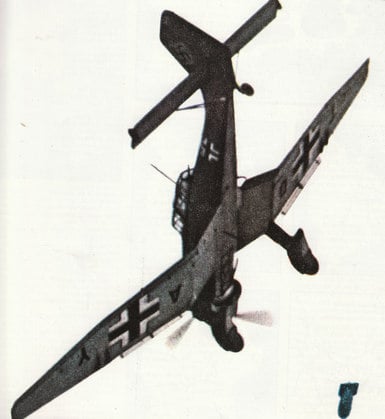
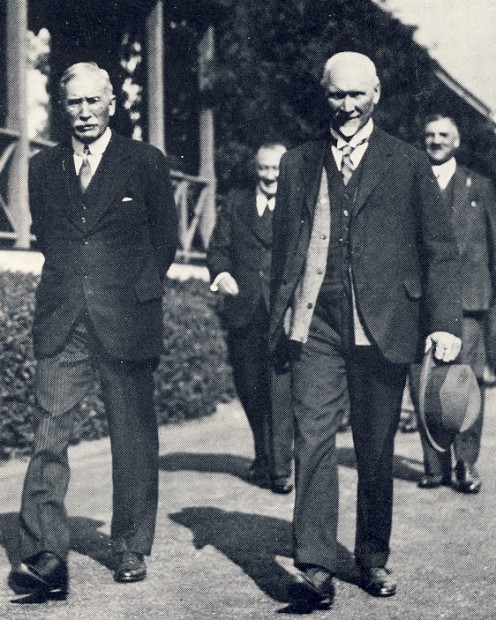
Politics and war again
When in 1933 Smuts entered into a coalition with his old Boer War comrade and later political rival General J.B.M. Hertzog it marked the return of the philosopher-warrior to a leadership role in South Africa.
This coalition led in the following year to a fusion of the two parties, Smuts's South African Party and Hertzog's Nationalist Party, into the United South African Nationalist Party (more commonly known as the United Party). The so-called "Fusion Government" which then took office had Smuts as Deputy Prime Minister in a Hertzog-led cabinet.
The fusion government though, was really an administration which papered over the deep cracks which still remained in white politics - there were those who were loyal to the British Empire and those who were avowed republicans wanting to create of South Africa a Boer Republic similar to the republics which existed before the Boer War.
The first tears in the paper occurred when Dr D.F. Malan, arch-proponent of "apartheid" took his followers out of the Nationalist Party and formed the "Gesuiwerde Nasionale Party (Purified National Party)" with explicit republican ideals.
The term of the Fusion Government was largely taken up with debate on the franchise of non-white in the Union and the issue of the so-called "poor whites". On both of these issues the Purified Nationalists won support and increased their parliamentary representation in the 1938 General Election.
Squabbles about the National Anthem and the Voortrekker Centenary celebrations did not distract Smuts from his wider vision - he saw the Sudeten Crisis as a more important portent than any petty political maneuvering in the Cabinet.
The paper over the cracks was finally torn apart by Hitler's Stukas screaming down over Poland as his troops marched into that sad country on the morning of 1 September 1939.
On 4 September Hertzog introduced a motion in the House to reaffirm South Africa's neutrality in the European conflict. Smuts introduced an amendment to break off relations with Germany. The amendment carried by a margin of 13 votes and Hertzog resigned as Prime Minister.
On 6 September the Governor General, Sir Patrick Duncan, called on Smuts to form a new Government and so the Fusion was brought to a dramatic end.
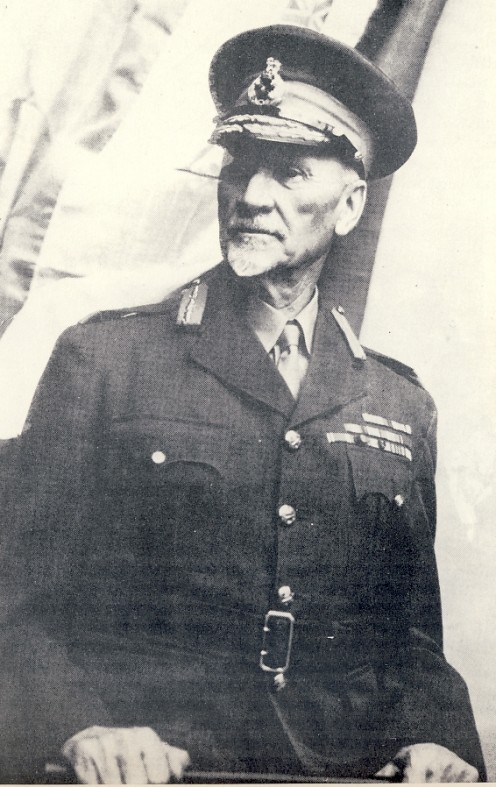
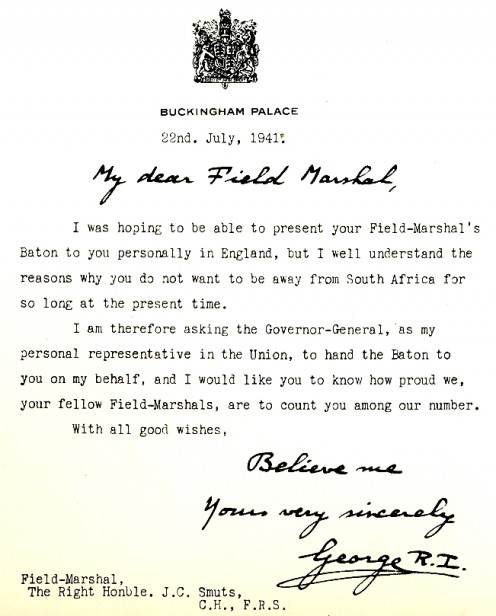
Smuts rises to the occasion
"Smuts took South Africa into the Second World War out of concern for the future of the human race, and in particular for that of Europe, 'this glorious mother continent of Western civilisation - the proudest achievement of the human spirit up to date', which seemed to be in danger of destruction in the short term by Hitler, or in the longer term by Stalin." - from South Africa a Modern History by T.R.H Davenport (Macmillan, 1977).
Smuts was invited almost immediately to join the War Cabinet by his friend Winston Churchill who had become Prime Minister in the United Kingdom after the fall of Chamberlain.
In May 1941 Smuts became, in perhaps the supreme irony of his life, a Field Marshall, an appointment made by the King, George VI. So the former rebel Boer soldier who had made such a nuisance of himself to the Imperial British forces in the Boer War, became himself a British soldier of the highest rank possible.
Smuts's contribution in the War Cabinet was so highly valued by his colleagues that a plan ws mooted by Churchill's secretary, Sir John Colville, that should Churchill become incapacitated or die in office, the King should appoint Smuts Prime Minister, an idea the King was in favour of. Churchill lived for another 25 years this plan did not materialise, but it demonstrated Smuts's closeness to the British establishment of the time, a closeness which would cost him later.
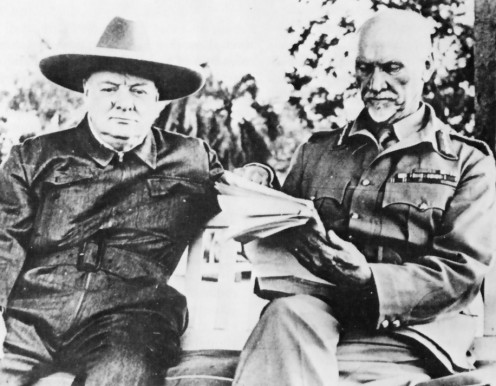
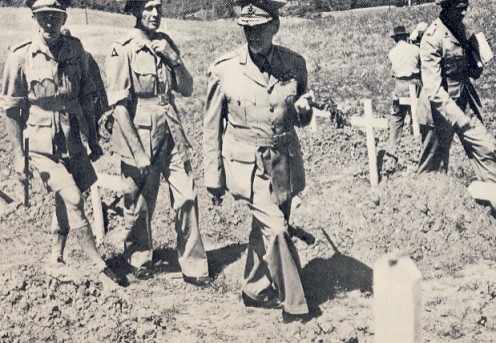
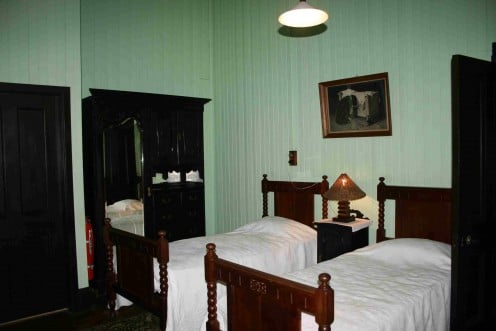
South African contribution to the war effort
On the international front the major concern of the Smuts government at the start of the war was the defence of the Cape sea route, vital for trade and the war effort.
The Defence Act required that South African military personnel be deployed only in the Southern African regioin. As a result, the Government called for volunteers to serve further afield. In the end some 200000 people in South African uniforms served in North Africa, Italy and Madagascar. Around 9000 were killed.
Of the 200000 a small proportion were blacks, who were not allowed any com,bat roles, being restricted to, in Mary Benson's words (The Struggle for a Birthright, Penguin, 1966) "...digging, driving, fetching and carrying."
African National Congress leader the Reverend James Calata commented: "If the Government of South Africa does not get Africans to volunteer for service they must examine the situation from within. I am afraid they are themselves to blame for the present attitude of mind of the Africans. Hitler had absolutely nothing to do with it."
South African forces were active in the liberation of Abyssinia (Ethiopia), in the desert campaign against Rommel's Afrika Korps and in the advance of the US Fifth Army up Italy. Many South Africans were captured and spent time in Axis concentration camps.
Smuts and his wife offered the hospitality of their home Doornkloof to the exiled King and Queen of the Helenes, King Paul and Queen Frederika, and their family. Smuts was asked to be the godfather of the Princess Irene in 1941.
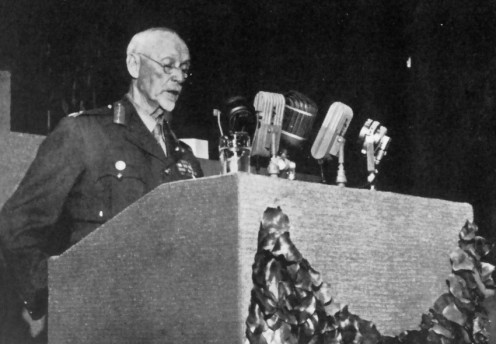
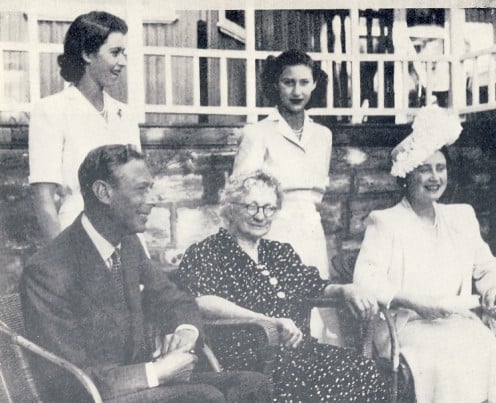
Victory in war, defeat at home
Two factors influenced African opinion positively during the war - Smuts's reputation as a liberal voice, and the contribution made by black servicemen to the war effort. These hopes, however, were not realised in the event, in spite of some promising indications.
Smuts was regarded as a man of vision and statesmanship all over the world, but in South Africa he dashed the aspirtations of blacks who had hoped for a liberalising of their conditions and he was regarded by Afrikaners as a "volksverraier (traitor to the people)".
Smuts wrote "Civilisation is one body and we are all members of one another." But this deep understanding somehow stopped at the boundary between black and white in his home country.
Mary Benson wrote: "But Smuts, the world statesman, remained incapable of thinking in large concepts about home affairs. He did not see that the Union had come to the end of an era."
Because of the high esteem in which he was held, Smuts was able to play a leading role in the San Francsisco Conference of April 1945, where the seeds of the organisation which would become the United Nations Organisation were sown. British delegate (and later Prime Minister of the UK) Sir Anthony Eden described Smuts as "the doyen of the Conference - quite unrivalled in intellectual attributes and unsurpassed in experience and authority."
When Smuts attended the Paris Peace Conference in August 1946 he was the only participant who had also attended the Versailles Conference in 1919. At the conference he made an impassioned appeal for a "new spirit among the nations."
At a reception after a 1946 session of the United Nations the President of the ANC, Dr A.B. Xuma, who was attending because of the debate about South Africa's policies towards blacks, was asked if he had met Smuts, who was also present.
"No" replied Xuma, who was then taken to meet the Prime Minister. Smuts shook his hand and said, "My dear man, what are you doing here?"
"Well, sir, I have had to fly 10000 miles to meet my Prime Minister," said Xuma. "Man alive," Smuts replied, "let's get together. You know, Xuma, I am a most misunderstood man."
They did not meet again.
A highlight of the last year of Smuts's term as Prime Minister was the Royal Visit of 1947 when King George VIO, Queen Elizabeth and the Princesses Elizabeth (now Queen Elizabeth) and Margaret came to Southern Africa.
In 1948 Smuts and his United Party faced a General Election which was held on 26 May. The United Party did not retain an overall majority and the Nationalists of Dr D.F. Malan formed a coalition with the small Afrikaner Party to form a government, a government openly committed to a policy of racial discrimination.
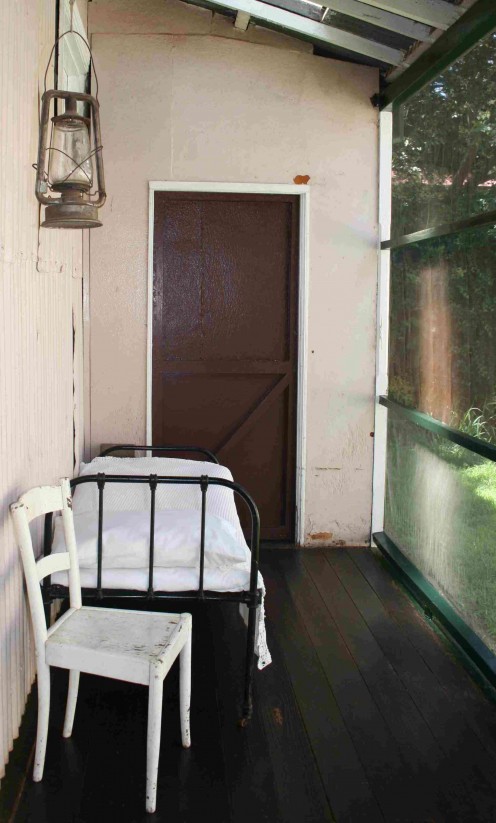
Final years
In May 1950 Smuts turned 80 and his birthday was celebrated with festivities all over South Africa.
The biggest celebration was held in Johannesburg where thousands lined the streets to watch as Smuts drove by in a car with the Mayor.
On 27 May he suffered a coronary thrombosis follwed by pneumonia. He was sick for some seven weeks.
He enjoyed an afternoon of fun with his grandchildren on his farm Doornkloof on 11 September. The next day he was taken for a drive in the country and returned to the evening meal, where he presided at his usual place at the head of the table. At 7.30 that evening, while sitting on the side of his bed and with his two daughters, he died.
His son has pointed out the fact that on that evening passed out of life "the last member of Kruger's Government, the last senior General of the Boer War, the last Minister of the old Transvaal Colonial Government, the last member of the National Convention, the last but one particpant in the Peace of Versailles and the last member of the War Cabinet of the First World War."
The tragedy of Smuts is that for all the accolades he won internationally, he was unable in the end to apply his vision to the most important question of South Africa - how to ensure that all the people of the country could share in the goods of the country in peace and with justice.
Part 1 - t
In Part 1 I write about Smuts's birth, early education, role in the Boer War and the start of his political career.
Copyright Notice
The text and all images on this page, unless otherwise indicated, are by Tony McGregor who hereby asserts his copyright on the material. Should you wish to use any of the text or images feel free to do so with proper attribution and, if possible, a link back to this page. Thank you.
© Tony McGregor 2011
